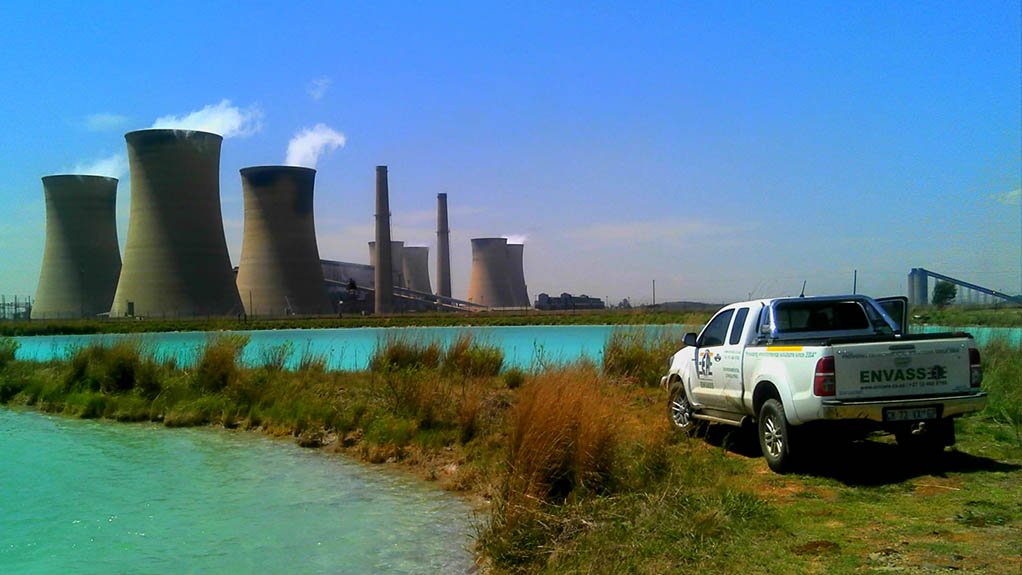There is a need for integration between the engineering design and environmental processes, before the final submission stage of a project, to avoid the possibility of environmental authorisation for construction on the preferred site being denied, says environmental consultancy Environmental Assurance (Envass).
“There is an evident divide and miscommunication between the engineering design phase of a proposed development and the environmental sensitivity and functionality of a site,” says Envass wetland and aquatic division head Wayne Wescott.
He adds that, as the two are directly linked, one cannot continue efficiently in the project life cycle without consulting the other. It is important that both are considered, as a positive outcome can be achieved if consultation between parties takes place early in the project life cycle.
Wescott tells Engineering News that there is no legal obligation for the environmental and design processes to run concurrently, but a holistic approach should be adopted for both phases.
The misalignment between these two processes can predominantly be attributed to stringent, but separate timeframes. As such, the processes continue without integration until the final submission of the environmental impact assessment (EIA), which also requires that the preliminary design be submitted with the application for environmental authorisation (EA).
He points out that this leads to additional costs being incurred that could have been avoided if concurrent, linked processes had been run from the outset.
Wescott advances that this, in turn, impacts on construction timeframes and consequently, the project budget.
He emphasises that if a strong and continuous channel of communication between the design and environmental teams is established at project initiation, the preferred alternative may be amended efficiently throughout the EIA and design phase, resulting in a middle ground through which project objectives can be met.
Further, from the client’s perspective, it is important to identify the environmental sensitivities on-site using specialists and an environmental assessment practitioner – who is the link between these two processes – and discussing these aspects with the design engineer from the start.
This could reduce the risk of several design revisions being required, increase the probability of a swift and successful EA process and, ultimately, reduce the overall project cost. These factors would also result in an efficient start to the construction phase, says Wescott.
Therefore, identifying the environmentally sensitive areas on-site early during the design phase can increase the probability of a sustainable and integrated development.
He also points out that it is a legal requirement under the amended EIA regulations to conduct an environmental screening process prior to an application for EA being submitted to the authority in question.
“During this screening process, potential fatal flaws in the project can be identified. This includes the overall feasibility of the project, which is determined to guide the decision-making process, as well as to outline a portion of the preliminary budget requirements.”
Envass is currently at the forefront of remote sensing and remote services that have been tailored to the requirements of every project type and are fully compliant with legislation, in terms of the Department of Environmental Affairs, Forestry & Fisheries’ stipulated environmental screening protocols.
Wescott highlights that Envass has opened two new offices, in KwaZulu-Natal and the Western Cape, in response to increased demand. The company aims to provide existing and potential new clients with a more focused and hands-on service in these provinces.
This brings the firm’s national footprint to four provinces, with satellite offices in another two provinces. Wescott enthuses that this makes Envass an ideal environmental partner for all project types, locally and abroad.
Edited by: Zandile Mavuso
Creamer Media Senior Deputy Editor: Features
EMAIL THIS ARTICLE SAVE THIS ARTICLE
ARTICLE ENQUIRY
To subscribe email subscriptions@creamermedia.co.za or click here
To advertise email advertising@creamermedia.co.za or click here













